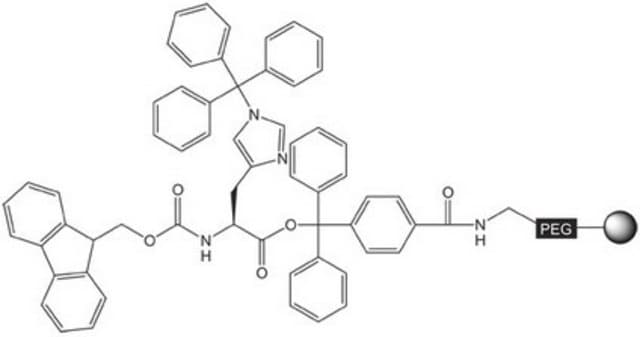All Photos(1)
About This Item
Linear Formula:
C6H5CH2CON(C2H5)2
CAS Number:
Molecular Weight:
191.27
EC Number:
MDL number:
UNSPSC Code:
12352100
PubChem Substance ID:
Recommended Products
Assay
98%
refractive index
n20/D 1.522 (lit.)
bp
169-171 °C/18 mmHg (lit.)
density
1.004 g/mL at 25 °C (lit.)
SMILES string
CCN(CC)C(=O)Cc1ccccc1
Signal Word
Danger
Hazard Statements
Precautionary Statements
Hazard Classifications
Acute Tox. 4 Oral
Storage Class Code
6.1A - Combustible acute toxic Cat. 1 and 2 / very toxic hazardous materials
WGK
WGK 3
Flash Point(F)
235.4 °F - closed cup
Flash Point(C)
113 °C - closed cup
Personal Protective Equipment
dust mask type N95 (US), Eyeshields, Gloves
Choose from one of the most recent versions:
Certificates of Analysis (COA)
Lot/Batch Number
Don't see the Right Version?
If you require a particular version, you can look up a specific certificate by the Lot or Batch number.
Already Own This Product?
Find documentation for the products that you have recently purchased in the Document Library.
G P Meshram et al.
Food and chemical toxicology : an international journal published for the British Industrial Biological Research Association, 26(9), 791-796 (1988-09-01)
N,N-diethylphenylacetamide (DEPA), a promising new insect repellent, was tested for mutagenicity in the in vitro Ames Salmonella/microsome mutagenicity test and the in vivo mouse micronucleus test. For the Ames test, DEPA was assayed both in the presence and absence of
M Kalyanasundaram et al.
Medical and veterinary entomology, 8(1), 68-70 (1994-01-01)
The insect repellent N,N-diethylphenylacetamide (DEPA) was compared with two commercial repellents, N,N-diethyl-m-toluamide (DEET) and dimethyl phthalate (DMP), for protection against 3-day-old unfed females of the sandfly Phlebotomus papatasi (Scopoli) under laboratory conditions, using host rabbits. Both DEPA and DEET were
S Kumar et al.
Medical and veterinary entomology, 6(1), 47-50 (1992-01-01)
The residual repellent activity of N,N-diethylphenyl-acetamide (DEPA), N,N-diethyl-3-methyl benzamide (DEET) and dimethylphthalate (DMP) against the hard tick Rhipicephalus sanguineus (Latreille) and the soft tick Argas persicus (Oken) from topical application on rabbits and hens respectively in the laboratory have been
D R Nath et al.
The Indian journal of medical research, 97, 128-131 (1993-05-01)
Trials on persistence of repellent properties of N, N-diethyl phenyl acetamide (DEPA), N,N-diethyl-m-toluamide (DEET), 3acetyl2(2-6-dimethyl-5-heptenyl)oxazolidine(Citronyl) , dimethyl phthalate (DMP) and N-benzoyl piperidine (NBP) on cloth were conducted against land leeches in evergreen rain and deciduous forests of Assam. Results obtained
B D Parashar et al.
Medical and veterinary entomology, 7(3), 259-262 (1993-07-01)
This paper reports the results of a laboratory study showing effectiveness of a new insect repellent N,N-diethylphenylacetamide (DEPA) against stable fly, Stomoxys calcitrans, and compared to N,N-diethyl-m-toluamide (DEET) and dimethyl-phthalate (DMP). DEPA gave maximum protection time of more than 6
Our team of scientists has experience in all areas of research including Life Science, Material Science, Chemical Synthesis, Chromatography, Analytical and many others.
Contact Technical Service









